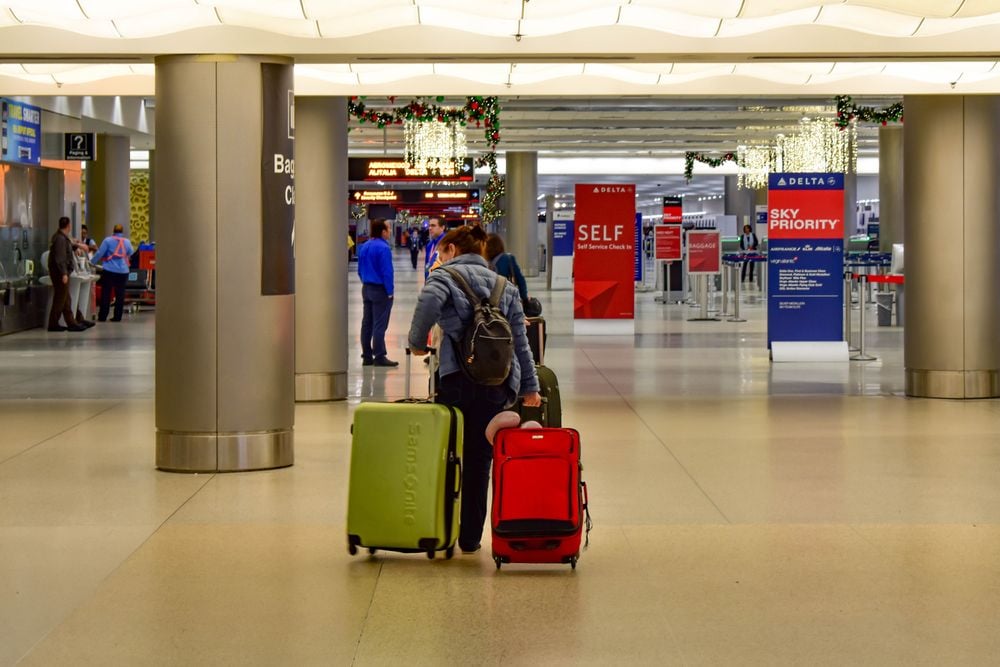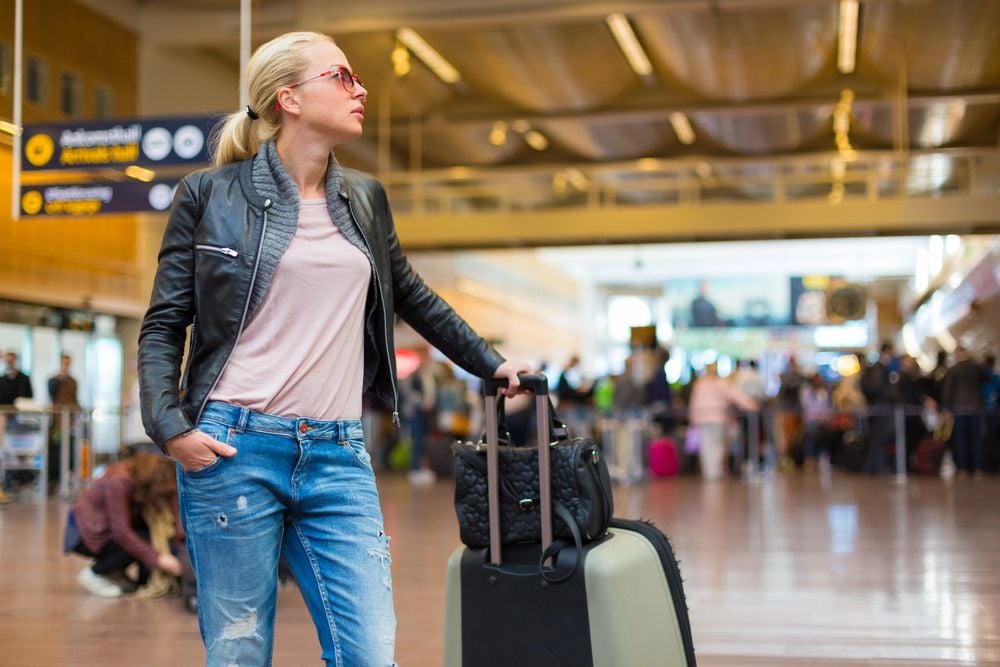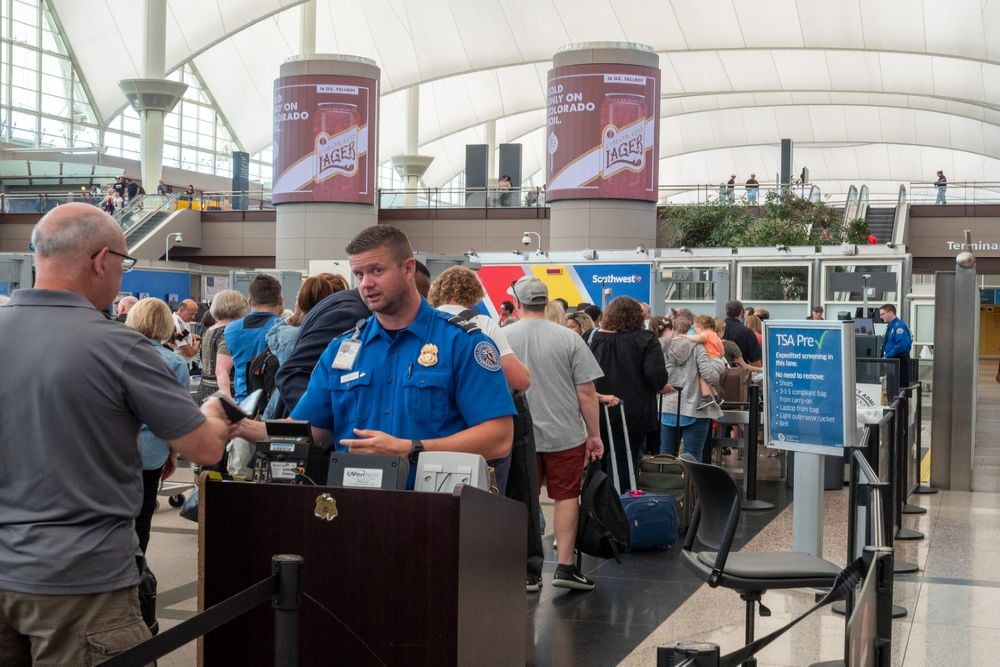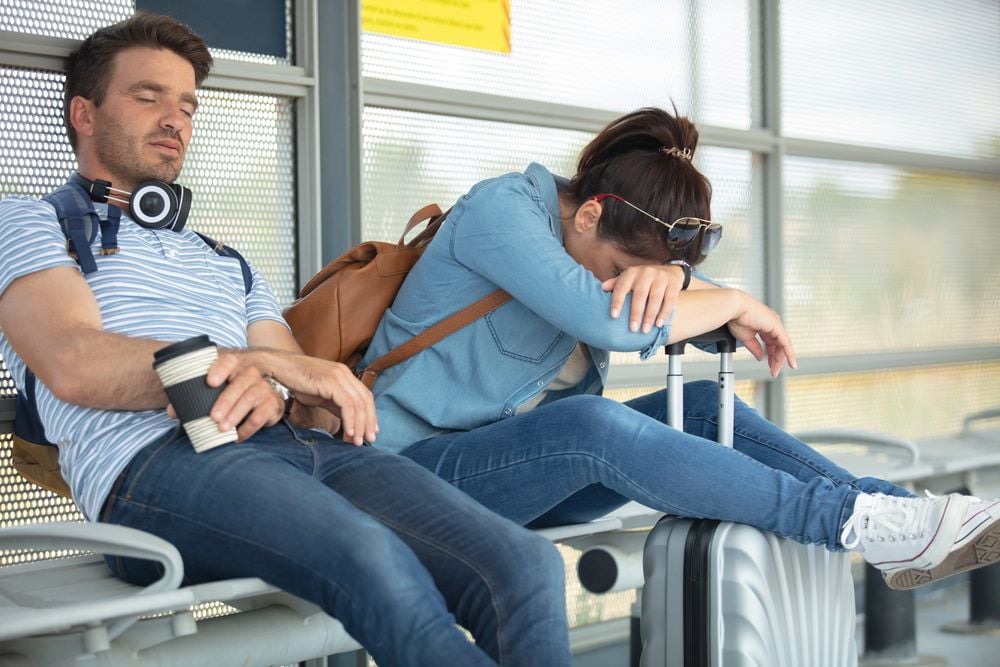This is the Worst Spot on the Plane to Put Your Carry-On Bag
Air travel already comes with its fair share of annoyances – from long security lines to delayed flights — but one thing that happens a lot and causes trouble is people putting their carry-ons in the wrong overhead bin.
Since checked bag fees were introduced, people traveling have been eager to get overhead bin space. Any available space is used to store carry-ons which are usually kept far from the passengers who own them.

But before you put your roller in the half-empty bin in row 8 and keep going to row 26, think again. According to seasoned travelers and flight etiquette pros, you might be making the boarding process unnecessarily stressful—for yourself and everyone else.
Don’t Be That Passenger
A viral video posted by TikToker @eye.be.okay lays it out plainly:
- “Airplane Etiquette 101: Don’t place your carry-on in row 8 on your way to row 26.”
In the caption, he emphasizes another forgotten rule:
- “And put your purse/jacket under your seat like you’re supposed to!”
While some users clapped in agreement, others pointed out that on jam-packed flights, you’re lucky to find space anywhere—and etiquette goes out the emergency exit. But there’s a reason experts recommend keeping your bag near your seat: efficiency and courtesy.
Why You Should Keep Your Bag Close
Putting your carry-on in a bin ahead of your seat may look like a good idea—until you need to get off the plane. You’ll have to wait while the people ahead of you take their bags. You might also have to push your way through a crowded aisle to get a bag from behind your seat which can slow things down and make things uncomfortable..
Simply put: Overhead bins aren’t shared community storage—they’re row-specific real estate.
Flight attendants also agree with this. While they won’t usually enforce it, everyone understands that your bag should be near your seat. It helps passengers get on the plane faster, exit more smoothly and avoids passengers from blocking the aisles.
The Chaos of Crowded Cabins
Because airlines now charge for checked bags, the overhead bins have become very important for travelers. People now bring larger bags on board, hoping they will find a spot for them above their seats. If the bins are full early in the day, it becomes very tempting to put a bag somewhere else.
However, when people put their bags in front of their seat, it causes a chain reaction. People who board later may not be able to put their bags above their row which causes the overflow to move farther back. The result? A plane full of people with their bags in the wrong spots.
When You Can’t Avoid It

Of course, sometimes you don’t have a choice. Full flights or tight boarding times can leave you scrambling for space. If you do find yourself without a spot above your row, try to stash your bag behind you—not in front.
Why? Because when it’s time to deplane, you naturally walk forward. If your bag is behind you, it’s easier to double back briefly than try to push forward through a sea of passengers. As flight crew often remind passengers, “If your bag is behind you, wait until the aisle clears behind you to retrieve it—it’s safer and less disruptive.”
Consider Gate-Checking
Flying on a smaller aircraft or boarding late? Your best option might be gate-checking your bag. This means you hand your carry-on to airline staff right before boarding, and it’ll be returned to you right as you exit the plane—no carousel waits.
It’s also a good move on larger flights when overhead bins fill up fast. Just ask the gate agent. “You can always offer to gate-check voluntarily, especially if your bag’s a tight fit,” says one airline staff member. “Just be sure to ask if it’ll be returned planeside or sent to baggage claim.”
Smart Packing Saves Time (and Stress)
Want to completely avoid the bin battle? Pick a bag that can be stored under the seat. You can keep your personal items and small backpacks close by and you’ll always have a place to sit without fighting for overhead space.
Being smart about packing is also useful. Always keep your medications, valuables and important documents in your personal item, just in case your carry-on is put in the hold at the gate.
And when in doubt? Ask a flight attendant. “We’re trained to make the most out of limited space. If you’re struggling to fit your bag or notice smaller items hogging bin space, let us know—we can usually make room,” one attendant shared. Just don’t expect them to lift your bag. As another crew member put it, “We’re here to help, not to haul. If your bag is too heavy for you, it’s probably too big for the cabin.”
Final Boarding Thoughts
Even though it may seem harmless to fill your carry-on wherever you can, it’s one of the quickest ways to make your travel day more stressful for everyone involved. Follow this golden rule: Stow above your row or below your seat, and everyone’s journey gets smoother.
Remember: A little awareness of space and etiquette goes a long way.






